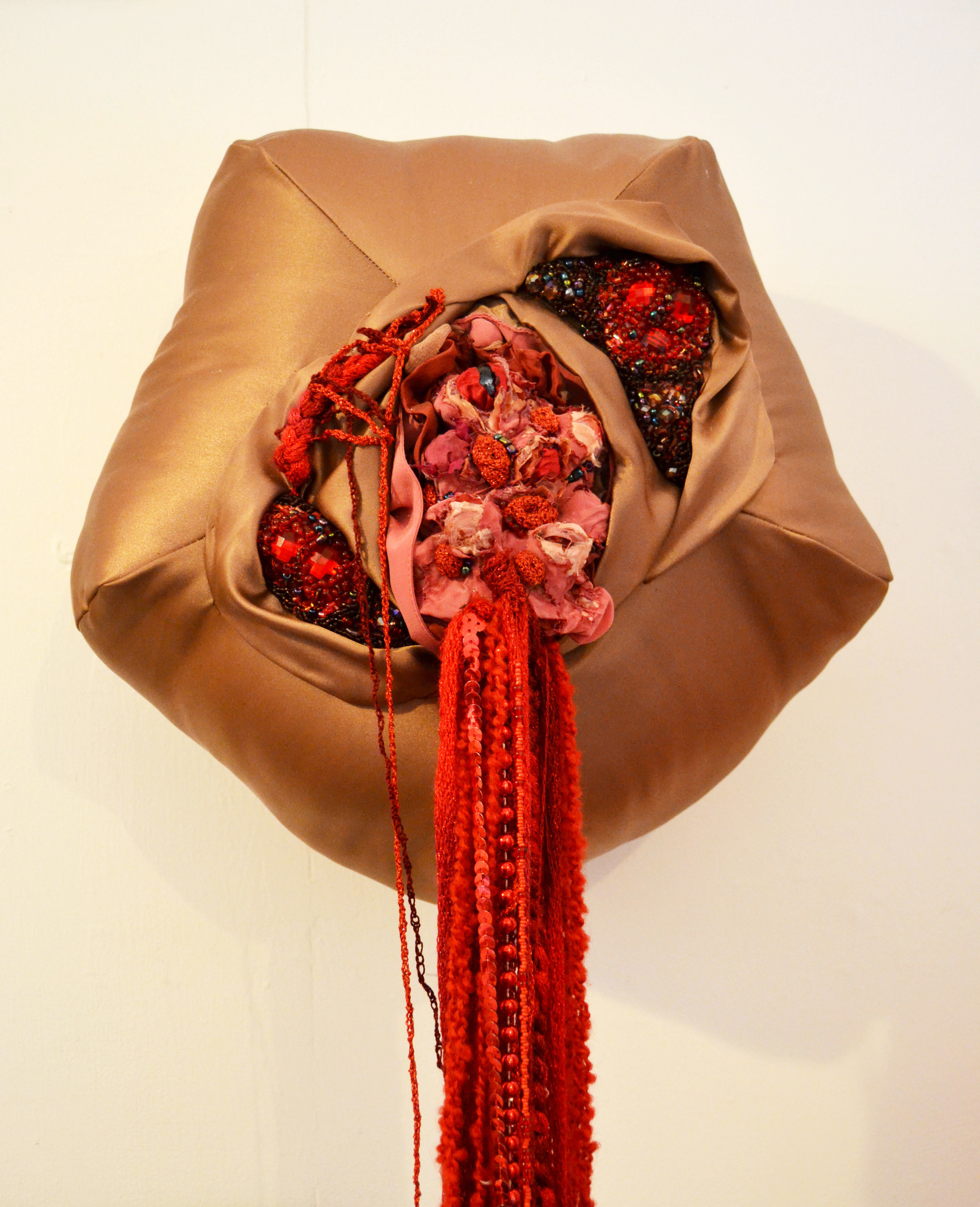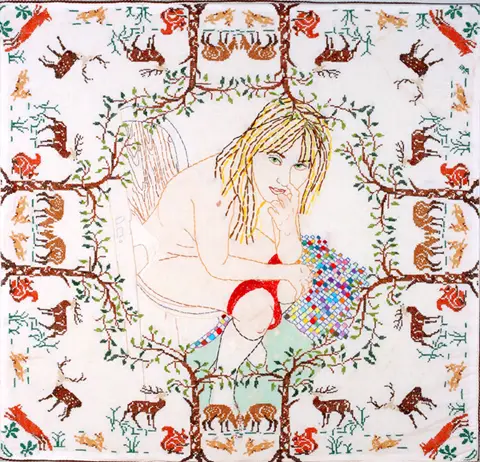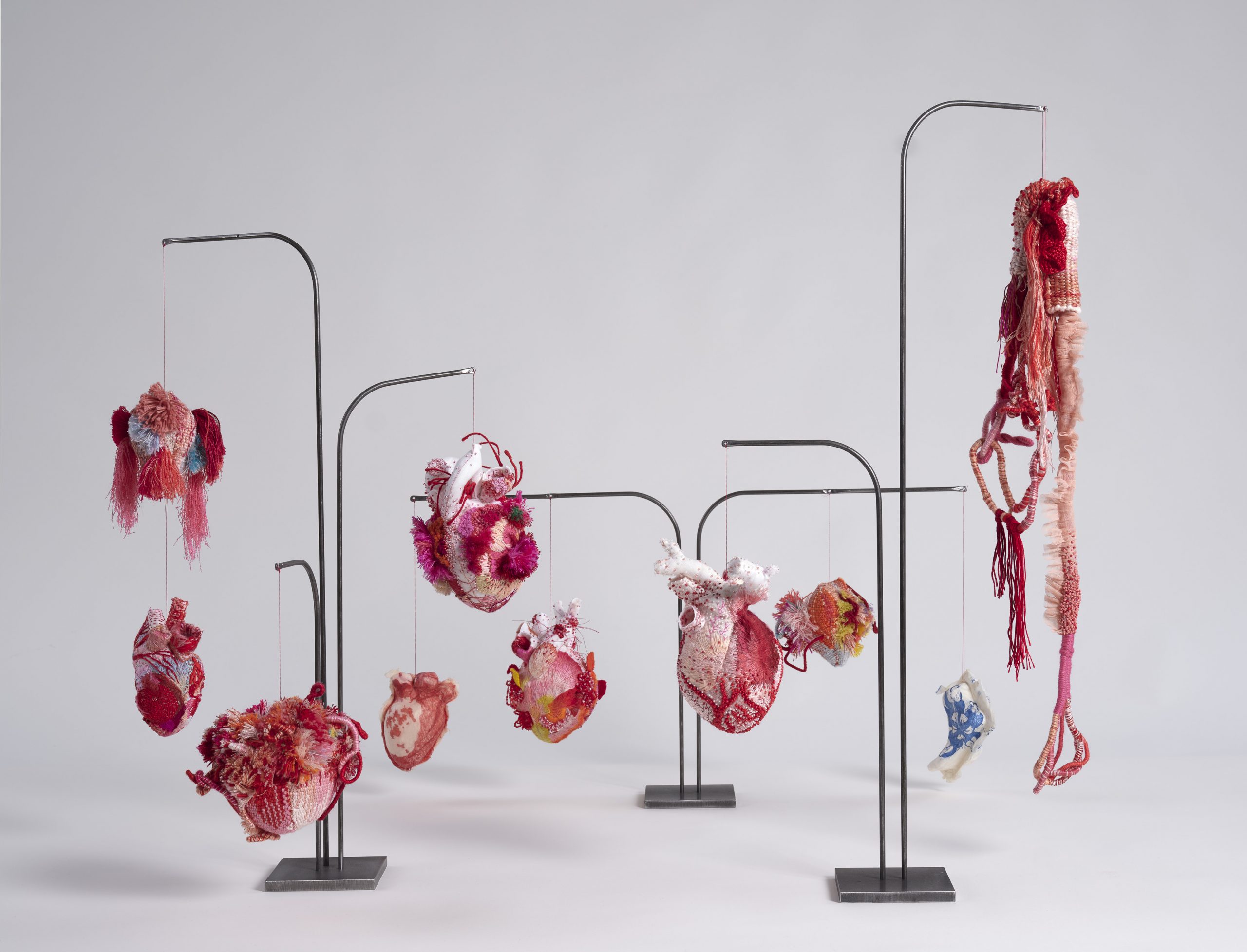This week’s Cutting (& Stitching) Edge post features the work of Beryl Dean, one of the most significant embroiderers of the 20th Century.
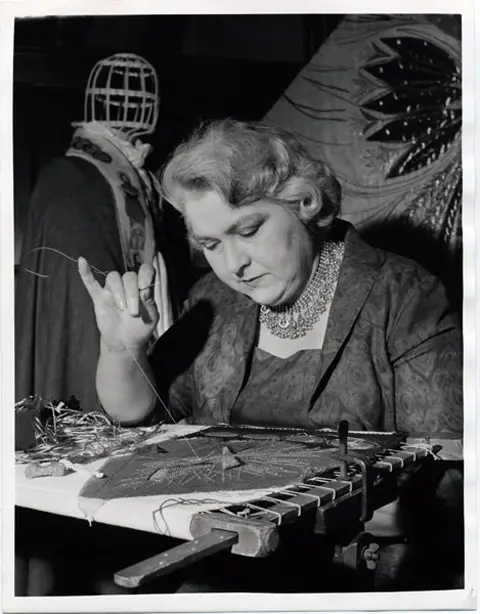
Trained at the Royal School of Needlework, Beryl Dean was a formidable talent who received high praise from her tutors and qualified the three year teaching diploma with the highest possible grade from the School. The sampler below was her Graduation piece and was one of the pieces on display at last year’s Knitting & Stitching Show. I must have spent at least five minutes staring at it in close detail, understanding and being amazed at the quality and breadth of embroidery in this single piece.
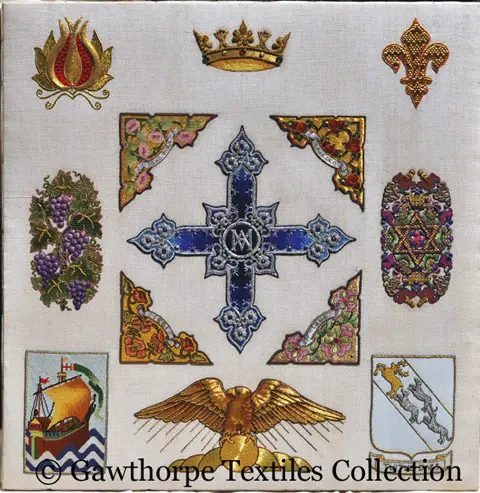
In 1958 Beryl Dean wrote Ecclesiastical Embroidery, a book exploring how a modern approach could be applied to embroidery and textiles for churches. Acknowledging the changes in secular embroidery whilst honouring the rich tradition of ecclesiastical embroidery, Beryl oversaw the production of all manner of garments and altar frontages, including work for Canterbury Cathedral and the Bishop of London. The design of the pieces was a contemporary approach to the subject, and yet they remain timeless classics. The piece below is the Enthronement Cope for the Archbishop of Canterbury, finished in 1980; a magnificent piece of work of the highest standard that defies its era in style and design.
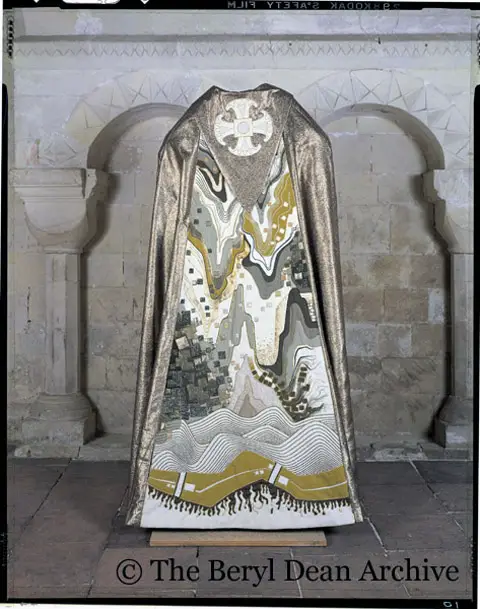
The effect that Beryl Dean has had on the modern embroidery movement cannot be understated, and her work remains a portfolio of the highest standard. I’m not even going to attempt to encapsulate her story in this blog post, yet I felt it necessary to draw your attention to someone who shows us how wonderful embroidery can be.
Combining technical excellence with thoughtful design, Beryl Dean’s work is quite astonishing to see. I was fortunate enough to enjoy her work at last year’s Knitting & Stitching Show, where it provoked some strong emotional responses. I’ve never been moved by embroidery in the way I was when I saw her exquisite goldwork and whitework pieces.
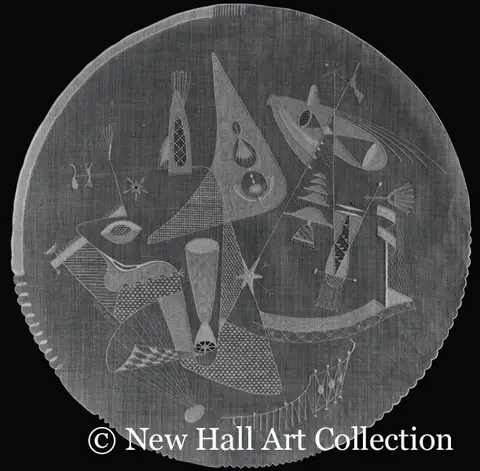
You can find out all about the life and work of Beryl Dean in a book written by June Hill and published by the Beryl Dean archive. It’s a terrific read, filled with big pictures of her work and insight into the working practice of this amazing woman.
The book is available to buy from the Beryl Dean Archive – contact them via email for more information – or from the Twisted Thread website.
If you want to look at some of the best work in recent years, you should consider getting a copy of this book. I’ve got one and I’m never letting it go.


